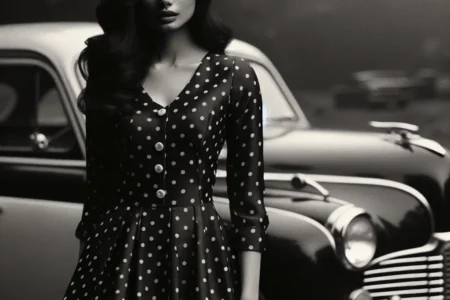The article “The History of Phone Charms: From Past to Present” takes readers on a journey through the evolution of phone charms, from their origins in Japan to their recent resurgence in popularity. It highlights how phone charms were initially embraced as a way to personalize and accessorize mobile phones, and how they evolved into sought-after collectibles reflecting current trends and pop culture references. Despite falling out of fashion with the rise of smartphones, the article explains that the resurgence of interest in phone charms signifies a longing for the expressive and whimsical elements of an earlier era of mobile communication. Furthermore, it emphasizes the unique appeal of phone charms in the digital age, as they offer a means for individuals to distinguish their devices and express their personality in a world saturated with technology. With their rich history and newfound popularity, phone charms are presented as a must-have accessory for the modern individual, signaling a desire for personalization and style in an increasingly uniform technological landscape. If you want to delve deeper into the world of phone charms and their impact, this article is a must-read.



